Article from the series "Calendar of work for gardeners and vegetable gardeners."
In June, thermometer readings above 30 degrees will not surprise anyone. You need to prepare your favorite plants for this: water them in time, mulch the soil with compost, humus, and dried small grass to protect the plant roots from overheating.
What work will flower growers have to do in June?
Your flower garden: Work of the month.
Don't forget to feed the flowers
For many plants, the season is still at the very beginning, so you need to feed them. We feed flowers that have bloomed or are preparing to bloom with complex fertilizers with a predominance of potassium, and plants that are still growing greenery can be given a little more nitrogen.
The stronger the plants, the more resistant they are to diseases and pests. And yet, do not forget to inspect the plants in order to notice in time those affected by diseases and pests. At the first signs, we treat with fungicides or insecticides.
From powdery mildew, various kinds of spots caused by fungal infection, we spray flowers soon (2-5 ml per 10 liters of water), pure flower (2-4 ml per 5 liters of water). Asters, gladioli and other flowers susceptible to fusarium wilt can be shed with a fungicide solution Maxim the summer resident (2 ml per liter of water, 50-100 ml of solution per root of one plant).
For pests (aphids, thrips, whiteflies, cutworms, moths, etc.) spray with solutions fufanona-nova, alatara. Of the safe means of protection against aphids, thrips, and mites, it will help fitoverm.
We begin to dig up bulbous plants
In June it's time to dig up bulbous plants. Have the tulip leaves turned yellow or limp? Let's take a shovel. If you delay digging, you may not find the bulbs or cut them during digging, leaving daughter bulbs in the soil and in the spring you will find tulips in the same place.
This way you can gradually litter the entire area with tulips. To avoid this, it would be a good idea to buy special plastic containers for planting bulbs over the summer. They are buried in the place chosen for the bulbs, and the bulbs are planted in them.
After the bulbous flowers flower, the box is dug up.The area is free for planting summer seedlings, and tulip bulbs can safely ripen somewhere in an inconspicuous corner of the garden.
Those who have abandoned the practice of digging up tulip bulbs every year can remove wilted stems from flower beds. This can be done when the stems dry out: at this time they are easily pulled out. The bulbs are not damaged.
We will plant summer seedlings in the vacant space. Still, it is advisable to dig up the most valuable bulbous varieties annually.
You can start dividing irises
Immediately after flowering, if necessary, you can begin dividing and replanting irises. This period is the most favorable for plants: for a short time they take a break for themselves, so that later they can begin growing roots and leaves with renewed vigor.
At the same time, we will examine the rhizomes and treat the sick. The best planting material is the annual rhizome. Its roots are pruned, its leaves are shortened by cutting them at an angle.
We will feed irises that do not require replanting with fertilizers in which phosphorus and potassium predominate, and remove flower stalks from overgrown clumps.
June is a good time to take rose cuttings
In June, big rose lovers can try to propagate the queen of flowers from cuttings. The best cuttings are from the middle part of a flowering shoot without signs of pest or disease damage.
On a cutting with 2-3 leaves, leave only the top one and soak it in a root solution (according to the instructions). A nutritious, structural soil mixture is prepared for the cuttings (and it is planted in a bright but protected place from direct sunlight): garden or turf soil, sand, compost (3:2:1).
The mixture is poured onto the surface of the treated, leveled soil in a layer of 10-15 cm, and a three-centimeter layer of sand is poured onto it. Before planting, the cuttings are shed with a solution of potassium permanganate (1 g per 10 liters of water).
The cuttings are planted obliquely in a layer of sand so that only the top bud is visible above the surface. The cuttings are covered with a film on the frame and removed only after the cuttings have taken root and produced young leaves.
You can root cuttings at home - in a box.
If you are interested in propagating roses by cuttings, you will be interested in reading the article: "Growing roses from a bouquet throughout the year"
It's time to sow biennials
Let's find a free place for sowing biennials:
- bell medium
- Turkish cloves
- daisies
- pansies
After sowing the seeds shallowly, mulch the surface of the soil with grass or cover it with non-woven material so that the soil is moist all the time. Dense crops will have to be thinned out or pruned. At the beginning of autumn, we will transplant the grown plants to a permanent place - where they will bloom next season.
Pay attention to lilies
Let's take care of the lilies, which will begin to bloom at the end of June. We water not often, but generously, given that the root system of lilies is quite deep.
We feed them with organic infusion or complex fertilizer. To prevent the soil from overheating, we mulch it.
In the foreground in front of the lilies, you can plant annuals that will decorate the flower garden after the lilies have faded. For bouquets of lilies, cut them off, leaving at least two-thirds of the stem so as not to weaken the bulbs.
Remember your houseplants
Having actively switched to garden flowers, let’s not forget about indoor flowers.Summer is also a time for active growth and recovery for them. Let's take it to the balcony or loggia:
- pelargoniums
- coleus
- ficus
- hibiscus
- Crassula
- poinsettia
- Zephyranthes, etc.
At the same time, we must take into account that even cacti can get burned if they are exposed to direct sunlight. Therefore, it is advisable to shade the plants at first.
If possible, the same coleus and pelargoniums can be planted in country flower beds, having previously cut cuttings for rooting. In the fresh air, even heavily overgrown specimens will quickly revive their decorative appearance.
We will plant faded hippeastrum bulbs in a shady corner of the garden for growing. It is not necessary to replant them from pots: it is enough to replace the top layer of soil with fresh one and feed them regularly. In the garden, the bulbs ripen better than under the roof; at the end of summer and autumn it is easier to “put them to rest” so that in winter you can see the plants blooming brightly.
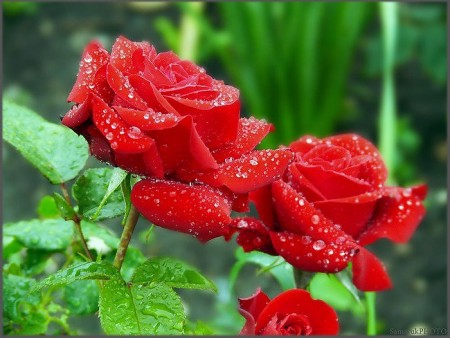
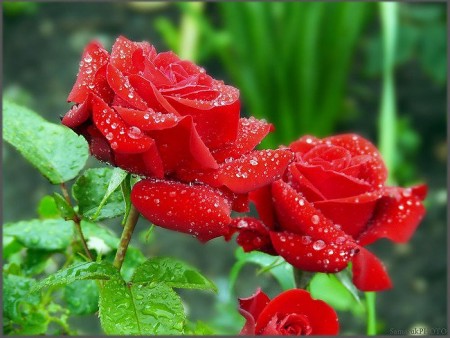
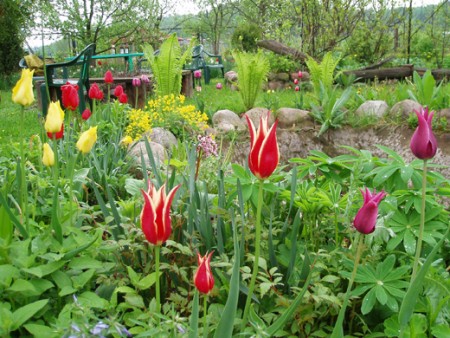
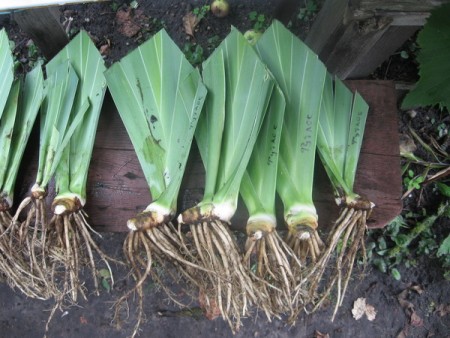
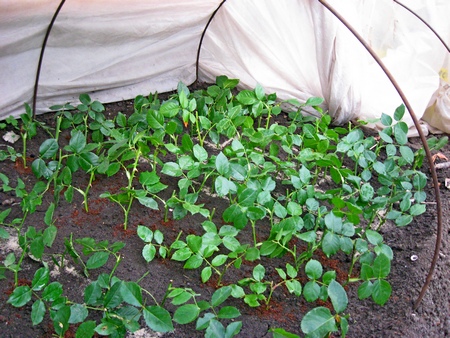
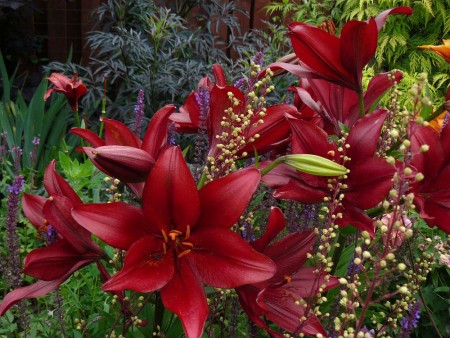

 CUCUMBERS NEVER GET SICK, I'VE BEEN USING ONLY THIS FOR 40 YEARS! I SHARE A SECRET WITH YOU, CUCUMBERS ARE LIKE THE PICTURE!
CUCUMBERS NEVER GET SICK, I'VE BEEN USING ONLY THIS FOR 40 YEARS! I SHARE A SECRET WITH YOU, CUCUMBERS ARE LIKE THE PICTURE! You can dig a bucket of potatoes from each bush. Do you think these are fairy tales? Watch the video
You can dig a bucket of potatoes from each bush. Do you think these are fairy tales? Watch the video
 How our fellow gardeners work in Korea. There is a lot to learn and just fun to watch.
How our fellow gardeners work in Korea. There is a lot to learn and just fun to watch. Eye trainer. The author claims that with daily viewing, vision is restored. They don't charge money for views.
Eye trainer. The author claims that with daily viewing, vision is restored. They don't charge money for views. A 3-ingredient cake recipe in 30 minutes is better than Napoleon. Simple and very tasty.
A 3-ingredient cake recipe in 30 minutes is better than Napoleon. Simple and very tasty. Therapeutic exercises for cervical osteochondrosis. A complete set of exercises.
Therapeutic exercises for cervical osteochondrosis. A complete set of exercises. Which indoor plants match your zodiac sign?
Which indoor plants match your zodiac sign? What about them? Excursion to German dachas.
What about them? Excursion to German dachas.